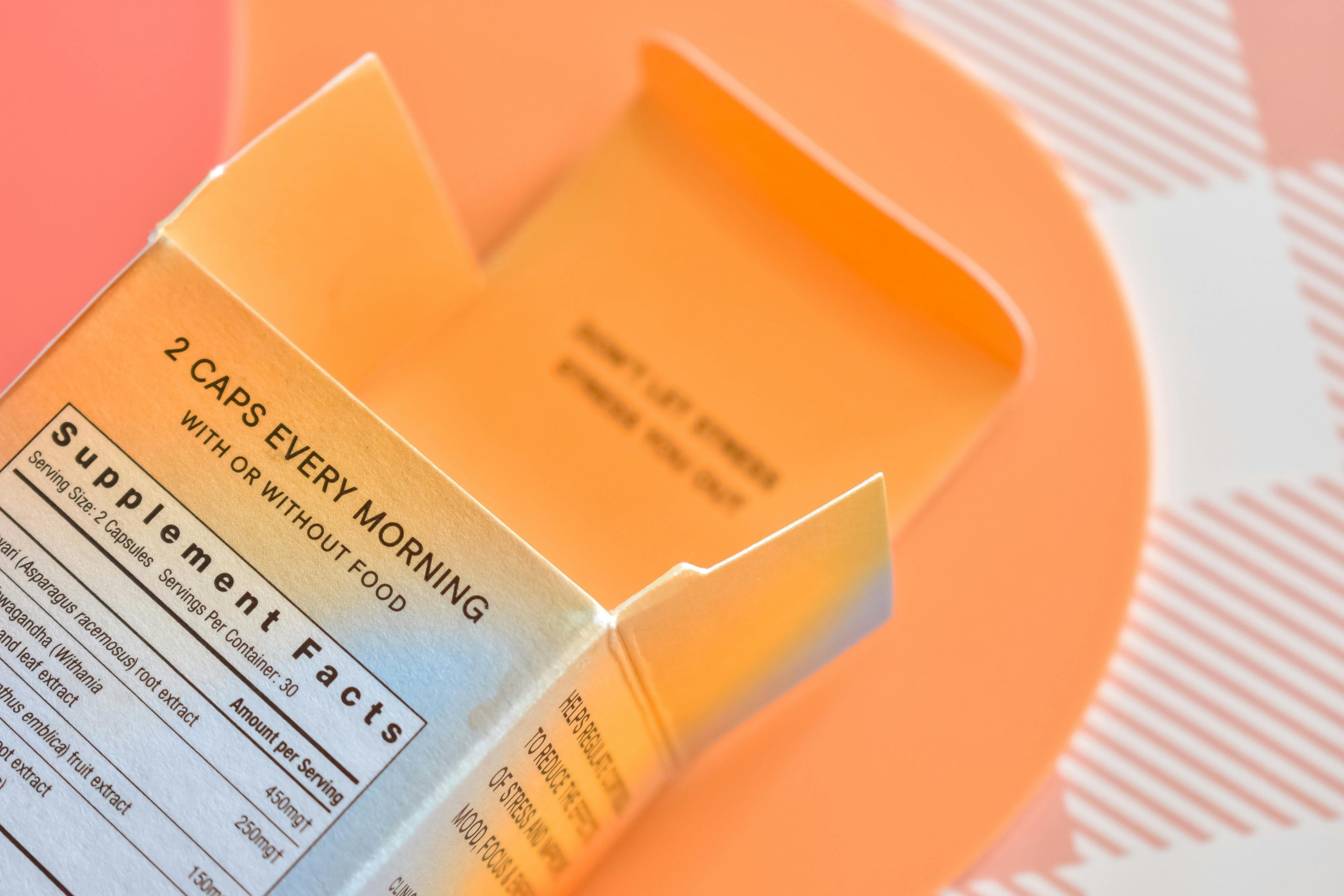If you have a keen eye, you may have noticed that the Nutrition Facts panel on your favorite packaged foods looks different from what it did a few years ago. These changes are not your imagination. Food manufacturers have been quietly altering their nutrition labels for a variety of reasons, ranging from new federal regulations to subtle changes in their recipes. This evolution of the nutrition panel is a complex story that reflects a major shift in our understanding of health and the economics of the food industry.

New FDA Labeling Regulations
The most significant reason for the changes is the FDA’s updated requirements for the Nutrition Facts label, which became mandatory for all manufacturers in recent years. This was the first major overhaul of the label in over two decades. The new design features a larger, bolder font for calories and serving sizes. It also requires companies to list Vitamin D and potassium, nutrients that many Americans are deficient in, which has altered the look and content of the panel.
The “Added Sugars” Requirement
One of the biggest changes from the new FDA rule is the mandatory inclusion of an “Added Sugars” line. In the past, the label only showed the “Total Sugars” in a product, which included both naturally occurring sugars (like from fruit) and added sugars (like corn syrup). The new label forces companies to explicitly state how much sugar was added during the manufacturing process. This has revealed the surprisingly high sugar content in many products that were once perceived as healthy.
Changes in Serving Size Rules

The FDA also updated the rules that govern serving sizes to better reflect how much people eat in one sitting. For example, the official serving size for a pint of ice cream is no longer a tiny half-cup but is now two-thirds of a cup. This has forced companies to update the calorie and fat counts on their labels to reflect this more realistic portion size, often making a product look less healthy than it did under the old rules.
Recipe Reformulations and “Skimpflation”
Sometimes, the nutrition panel changes because the product itself has changed. To cut costs, a manufacturer might reformulate a recipe to use cheaper ingredients, a practice known as “skimpflation.” A switch from a healthy oil to a cheaper, more saturated one, or the addition of more sodium or sugar to mask a loss of flavor, will be reflected in the numbers on the nutrition panel, a quiet admission that the product is no longer the same.
A More Transparent Label
The quiet alterations to the nutrition panel are, for the most part, a positive change for consumers. The new FDA regulations have made the label more realistic, more informative, and more transparent, especially when it comes to the crucial issue of added sugars. These changes empower shoppers with better information, allowing them to make healthier and more conscious decisions every time they pick up a package.
Have you noticed these changes on the nutrition panels of your favorite foods? Do you think the new “Added Sugars” line is a helpful addition? Let us know!
Read More
7 “Healthy” Grocery Items That Nutritionists Are Now Warning Against
10 Frozen Vegetables That Lose Nutrition Before You Use Them
The post Why So Many Nutrition Panels Have Been Quietly Altered appeared first on Grocery Coupon Guide.







